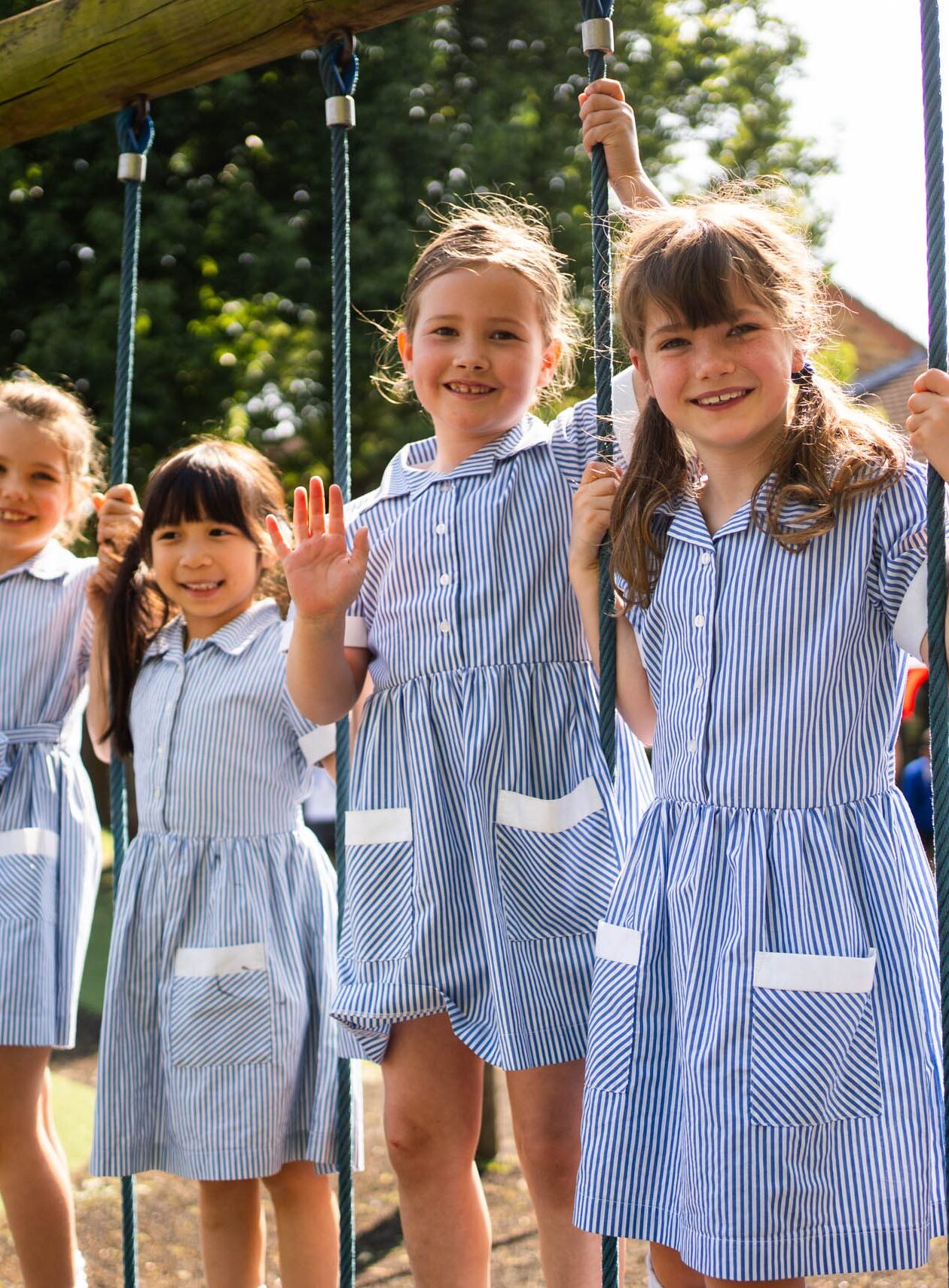Our Mastery Curriculum
At The Blue School, we consider mathematics to be an international language. Through the development of a mastery curriculum, we aim to enable all children to achieve mastery in maths through reasoning, generalising and solving problems. We aim for our children to become fluent mathematicians, allowing them to function ably in a range of situations.
Our approach to teaching maths is underpinned by the dimensions of depth – which together enable pupils to develop deep understanding of the subject. We use the content of the national curriculum as the starting point for our curriculum but this is expanded upon by making explicit the foundational knowledge that learners need to understand in order to access this. We encourage pupils to be systematic, to generalise and to seek out patterns through a sequenced curriculum.

